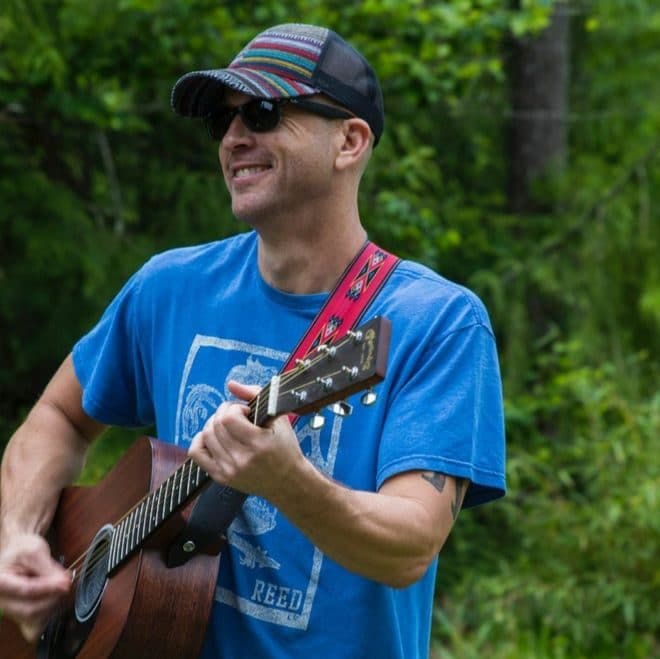Bigfoot goes by many names around the world, but in North America, one of the most common is “Sasquatch.” The word comes from the Sts’Ailes people, popularized in the first half of the 20th century by a Canadian duo who documented the stories of an upright, hairy humanoid known as “wild men.”
The word Sasquatch is often used as a plural for Bigfoot or as an interchangeable name, but if we dig into its origins, we discover the rich history of the hairy hominid’s impact on the land and its people going back centuries. Learning about the word and the people who first spoke it opens up surprising insights about the cryptid.
THE STS’AILES PEOPLE
The Sts’Ailes people have long lived, worshipped, and buried their dead in what is today called British Columbia, Canada. This Pacific Northwest land is beautiful and bountiful, filled with natural resources. The lifeways of the Sts’Ailes reflect the awe such land inspires in people, and that philosophy drives much of their influence in Canadian politics today as advocates and protectors of the ecosystem.
Sts’Ailes means “beating heart” or “heart on the chest” in their Halqemeylem language, a dialect of Halkomelem. This name helps tell the story of the Sts’Ailes and how they came to live on the western side of the Harrison River, where the Chehalis joins it.
According to their mythology, in very ancient times, the Transformer roamed the earth. Named Xals, he was a great figure who went about the world after its creation, putting things in place and perfecting the world. During his travels, he came across Doctor’s Point, a place on the west bank of what is today called the Harrison River.
At Doctor’s Point lived Shay, or “the Doctor,” a powerful shaman who was not afraid of this great being. The Doctor then did battle with the trespasser. The two were well matched, but in the end, Xals emerged victorious.
Victory was not enough, for a powerful shaman — even a dead one — might have the ability to return his body to life and continue attacking others who might unwittingly visit Doctor’s Point. So Xals used his skills of transformation to turn Shay’s body into stone. He broke up this stone into many pieces, spreading them around the land. Finally, Xals took the shaman’s heart and threw it downriver.
It fell at the place now called Sts’Ailes, home of the people by the same name. It was there, where the Harrison and Chehalis rivers meet, that they’ve lived ever since.
Archaeological evidence suggests that the Sts’Ailes people have lived there for at least 1500 years. For much of that time, they survived primarily on salmon fishing, a tradition that makes its presence felt in their iconography and ritual calendar. In that time, the people spread far south, but according to Sts’Ailes’ myth, a great flood separated the groups giving rise to the Chehalis people who live to the south — Chehalis is another common name for the Sts’Ailes people as well.
But the Sts’Ailes speak of other things in the forest. Things that walk like humans but are not humans.
YOU’RE SPEAKING OF SASQUATCH
This context is important for understanding the Sasquatch because the word comes from the Sts’Ailes people, and the story they tell about the creatures expands much of what we know about them. The Sts’Ailes people have a long history in the Pacific Northwest, and their culture is incredibly respectful and attentive to the natural world around them. And so, they’re knowledge of the subject is worth paying close attention to.
It was only a matter of time that these reports would find their way to wider publication. It was Indian Agent J.W. Burns and writer C.V. Tench who first reported on what the Sts’Ailes people referred to as the Sasquatch — meaning “wild men.”
The initial report included the firsthand accounts of Sts’Ailes people, some of whom narrowly escaped the Sasquatch and others who had peaceful — though jarring — encounters. This was difficult information to come by, as the Sts’Ailes were not quick to share such outrageous sounding stories to white people, but J.W. Burns was able to build trust and insisted that he fully believed the credibility of the stories.
What began to unfold as Burns researched the topic was a complex system of Sasquatch lore. According to the Sts’Ailes, the Sasquatch used to live in great numbers in the area, forming two large tribes that battled frequently. Certain cave paintings are held up as evidence for this. Due to the incessant fighting and the success of humans, the numbers of Sasquatch dwindled to the point of near extinction.
The Sts’Ailes people say that there is still a small group of Sasquatch who hold an annual gathering every summer on the heights of what is today called Morris Mountain. In the lead up to this event, there are small numbers of scouts sent out to investigate the area and make sure that things are safe before they proceed. It is claimed that the vast majority of Sasquatch sightings are of these scouts.
The close relationship between the Sts’Ailes people and Sasquatch adds an incredible new dimension to Bigfoot research. Could it be that Sasquatch have ritual ceremonies? Could it be that they once thrived in large numbers? Were there devastating Sasquatch wars?
In our society, much of our current evidence is based on passing encounters by people who come from a culture that rejects the cryptid’s existence. By studying the people who know the Sasquatch best, we learn much that is absent from our understanding. And what we find complicates our picture, deepens it, and teaches us that we have so much left to learn about this hairy hominid who goes by the name Sasquatch.




































